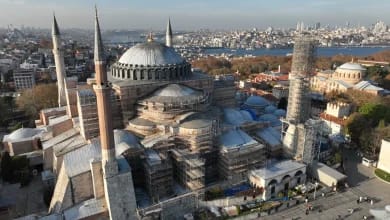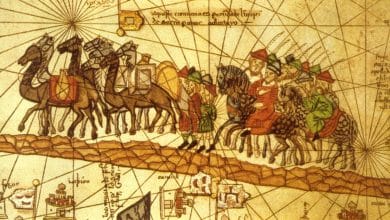Ottoman portraits at the Uffizi Gallery: A bridge between East and West
Exploring the captivating collection of Ottoman sultans and leaders immortalized in Renaissance art
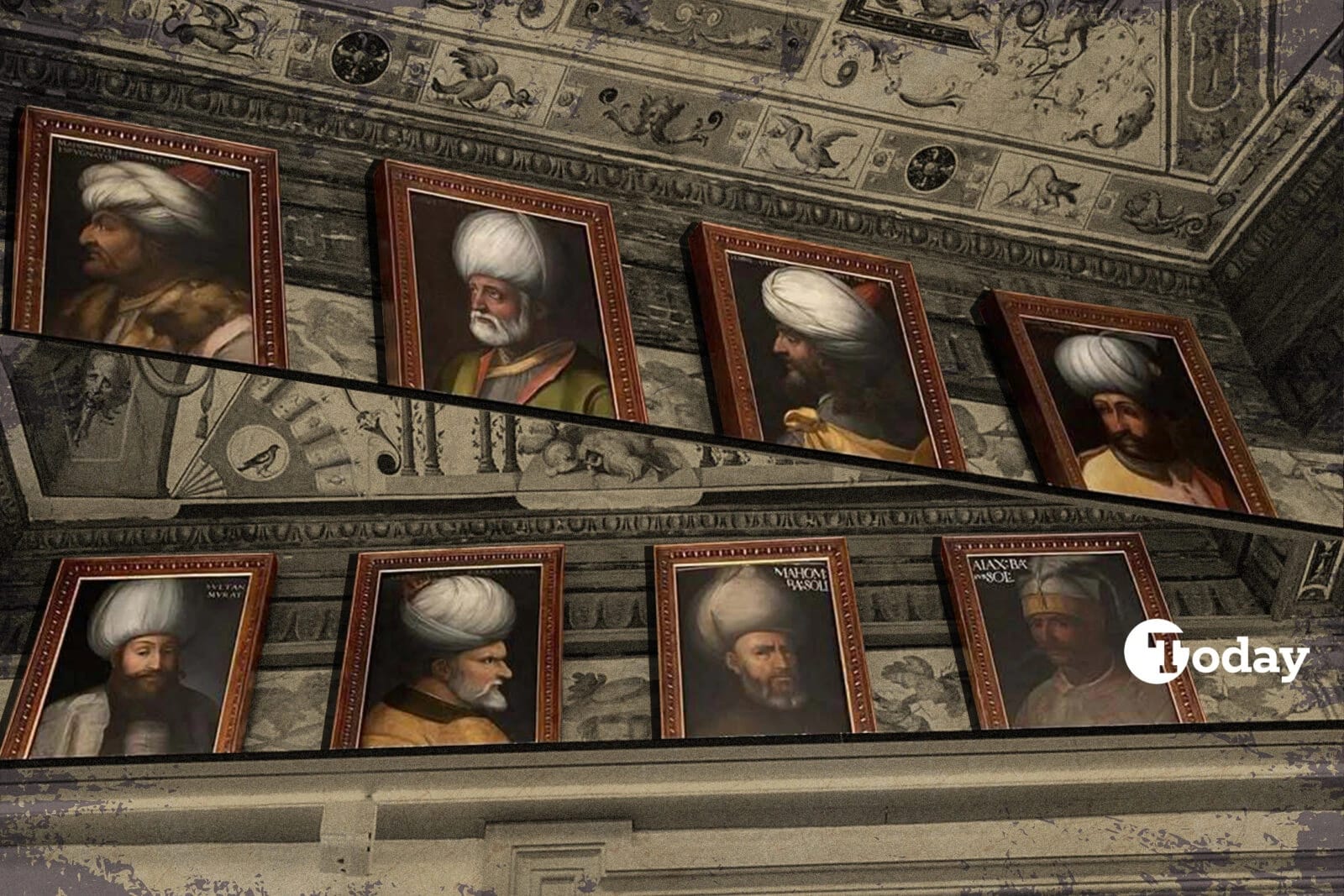
One of the lesser-known yet captivating aspects of the Uffizi Gallery’s collection is its series of portraits depicting Ottoman Sultans, princes, and other prominent figures from the Ottoman Empire.
These portraits, commissioned by the Medici family, offer invaluable insights into the leaders of this powerful empire and serve as some of the only visual references from the time.

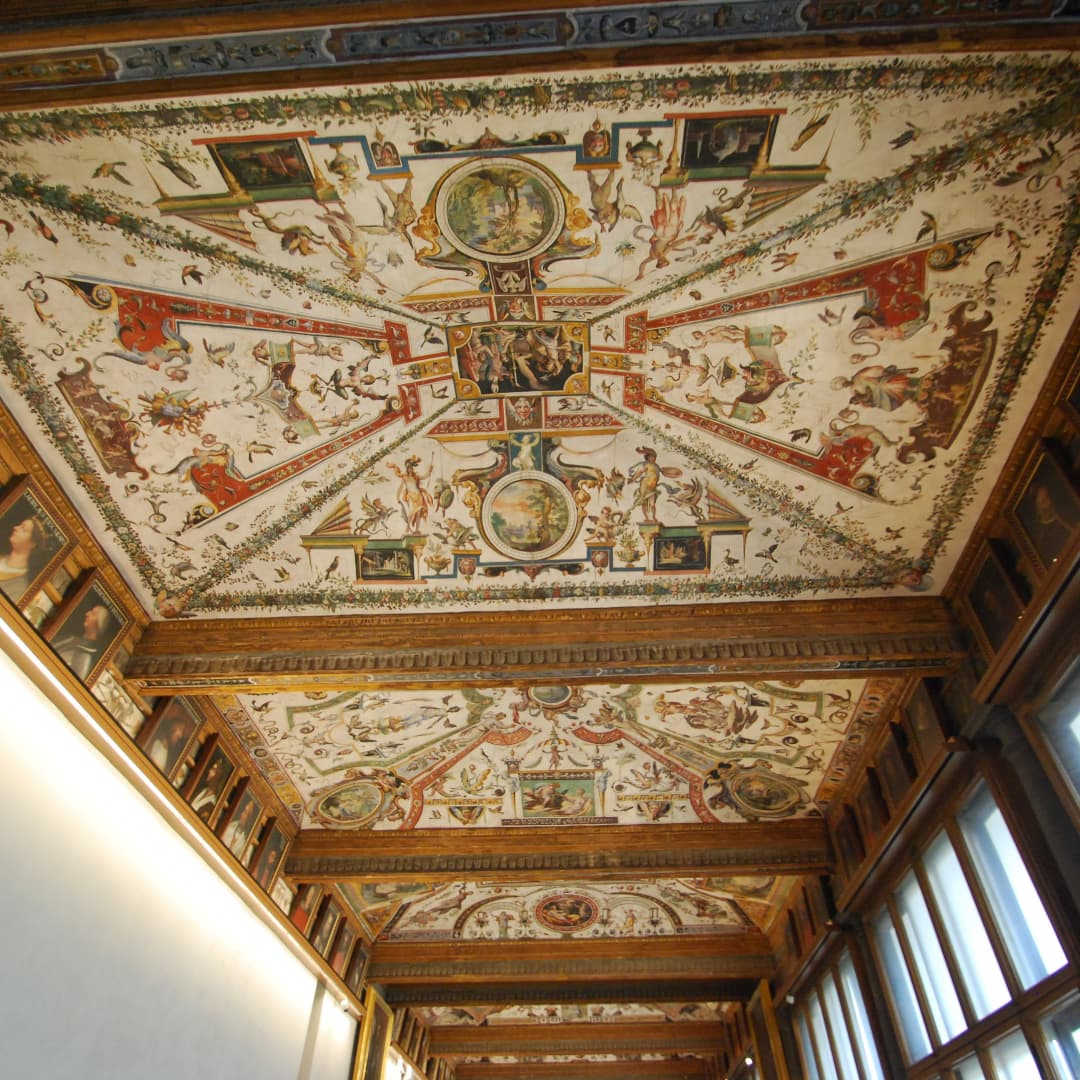
During my recent visit to the Uffizi Gallery in Italy, I had the opportunity to photograph and explore these historical artworks, which offer a unique glimpse into the world of the Ottomans.
As I stood before these masterpieces, I was struck by the intricate details and the historical significance behind each portrait.
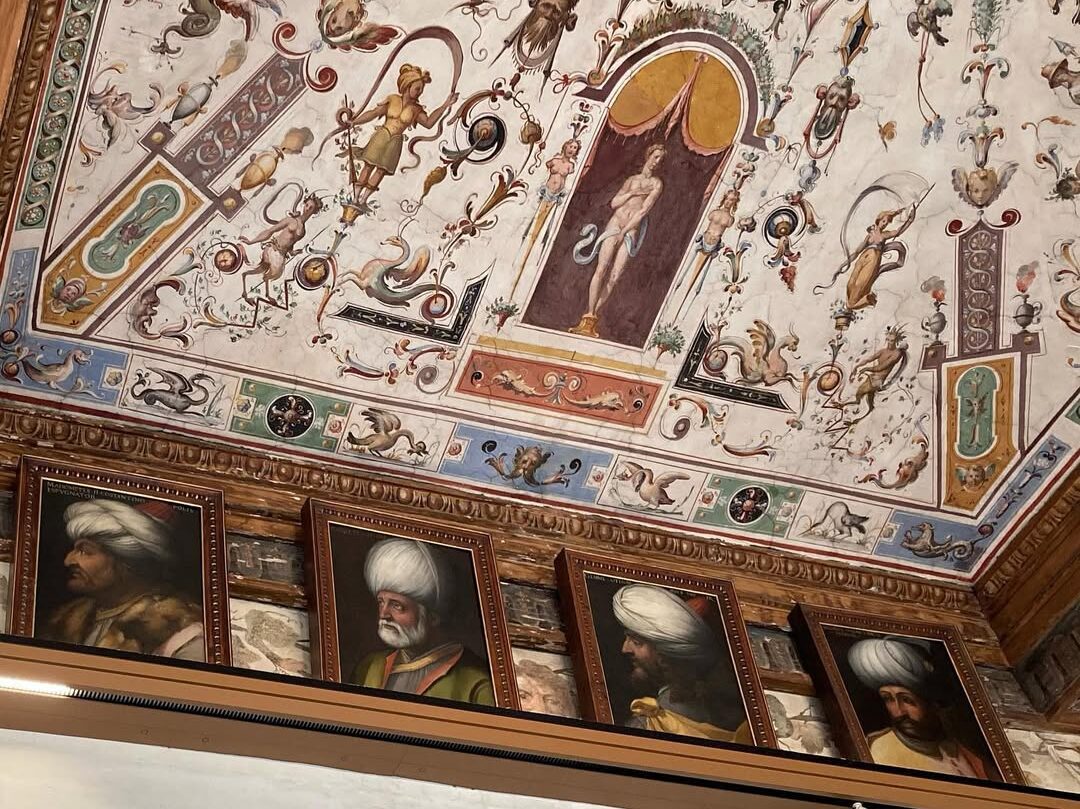
A window into Ottoman history from Uffizi Gallery
The collection includes works by renowned artist Cristofano dell’Altissimo, whose detailed portraits of Ottoman figures stand as masterpieces of their time. These images are significant not only for their artistic merit but also for the historical context they provide. During the period, the Islamic tradition tended to favor intricate floral patterns, geometric designs, and calligraphy over the depiction of human forms, making these portraits even more remarkable.
As I walked through the gallery, it was fascinating to see how the Ottoman rulers were immortalized through the Medici family’s commission of these portraits. It was a rare moment of connection between Western and Eastern worlds, especially for those, like me, who have a deep interest in Turkish history.
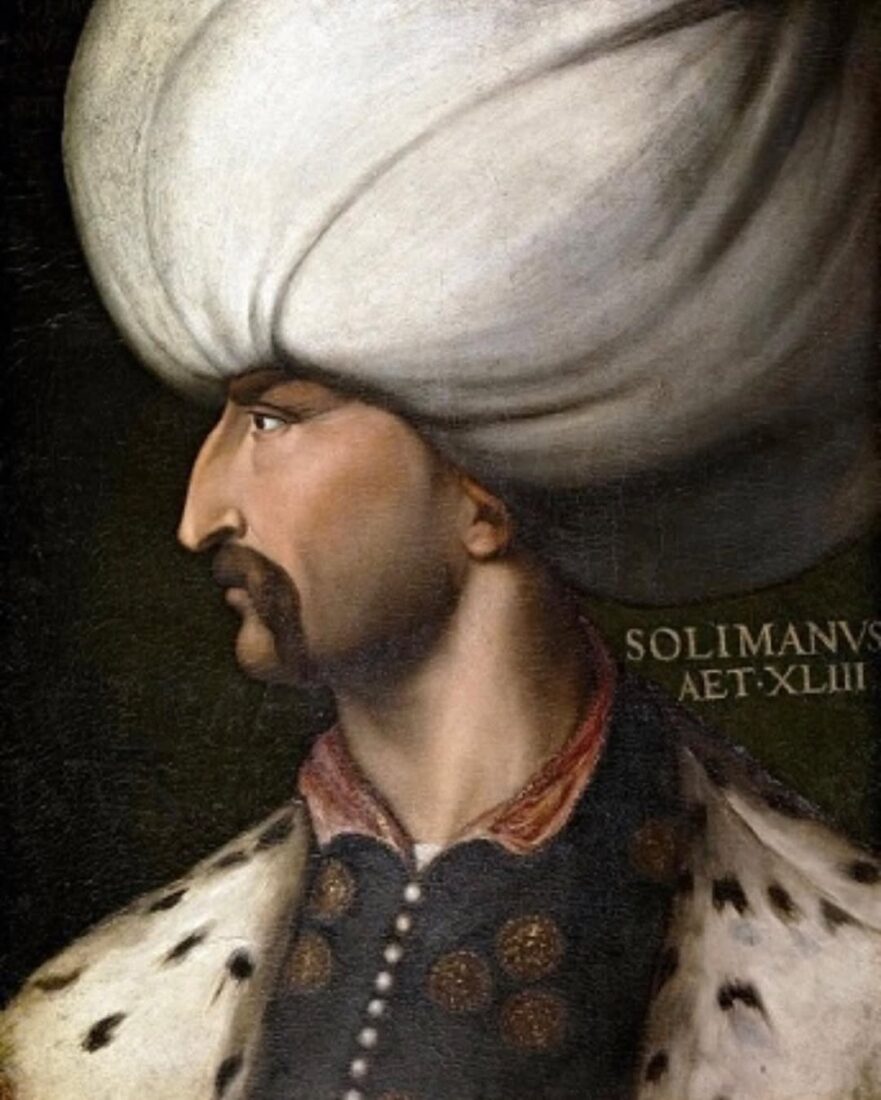
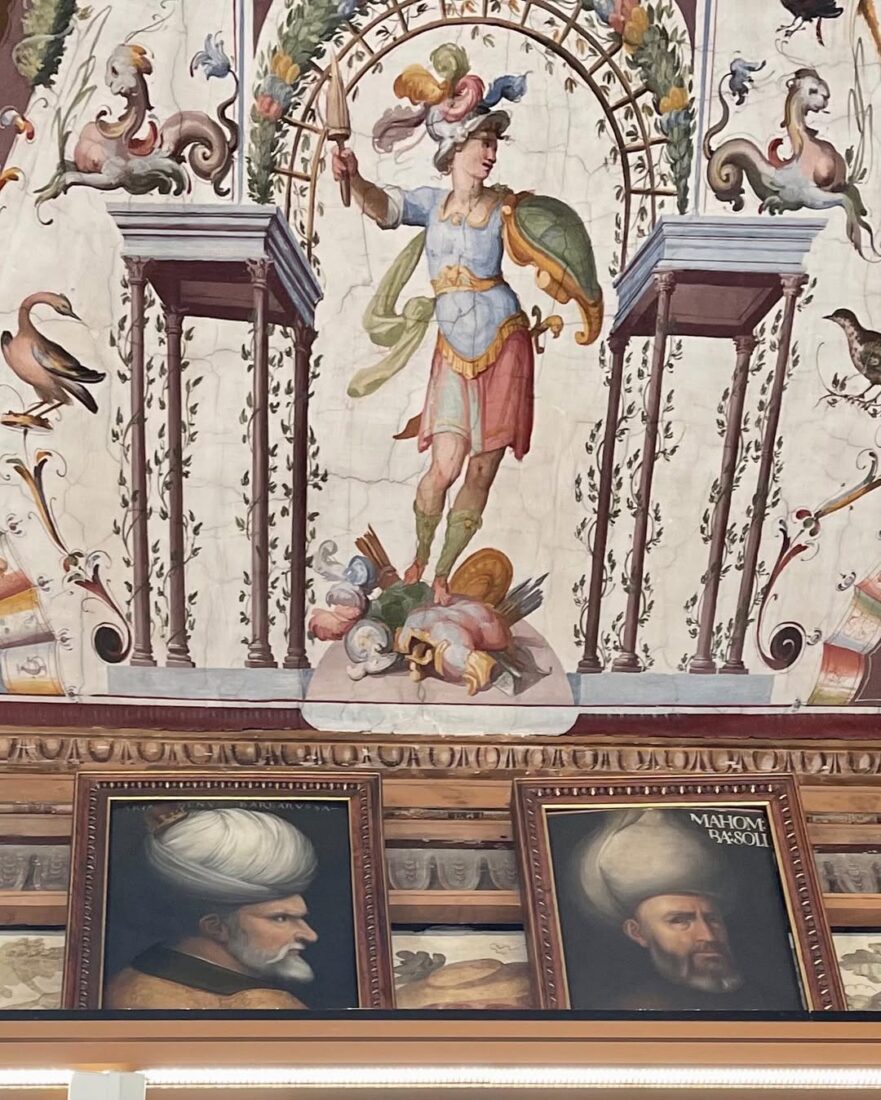
Iconic portraits by Cristofano dell’Altissimo
- Portrait of Sultan Suleiman the Magnificent (Sultan Suleiman I) (1494-1566)
One of the most striking images in the collection is that of Sultan Suleiman the Magnificent, who ruled the Ottoman Empire at its zenith. His portrait stands as a testament to his power and influence, and I couldn’t help but marvel at the way the artist captured his regal expression. - Sokollu Mehmed Pasha, Ottoman Grand Vizier (Died 1579)
The image of Sokollu Mehmed Pasha, the grand vizier under several Ottoman sultans, reflects his important political role in the empire’s administration during the late 16th century. - Khair ad-Din detto Barbarossa, Commander of the Ottoman navy (Around 1465 – 1546)
Barbarossa, one of the most feared corsairs of the Mediterranean, is immortalized in this portrait. His role in the Ottoman navy made him an enduring symbol of Ottoman naval dominance. I was particularly drawn to the fierce expression on his face. - Mulay Ahmed detto Sharif Re di Mauritania (15th – 16th Century)
Another notable portrait by dell’Altissimo is that of Mulay Ahmed, the Sharifian King of Mauritania. The image captures the regal presence of a figure whose lineage traces back to the Prophet Muhammad. - Camson Gauri Sultano del Cairo (First Half of the 16th Century)
The portrait of Camson Gauri, Sultan of Cairo, offers a rare glimpse into the leadership of the Mamluks before their conquest by the Ottomans. I stood before this work in awe of its historical weight. - Ismail I Shah of Persia (1487-1524)
This painting showcases Ismail I, the founder of the Safavid dynasty in Persia, whose reign marked the establishment of Shi’a Islam as the state religion. The portrait is a stark reminder of the cross-cultural interactions between the Ottomans and the Safavids.
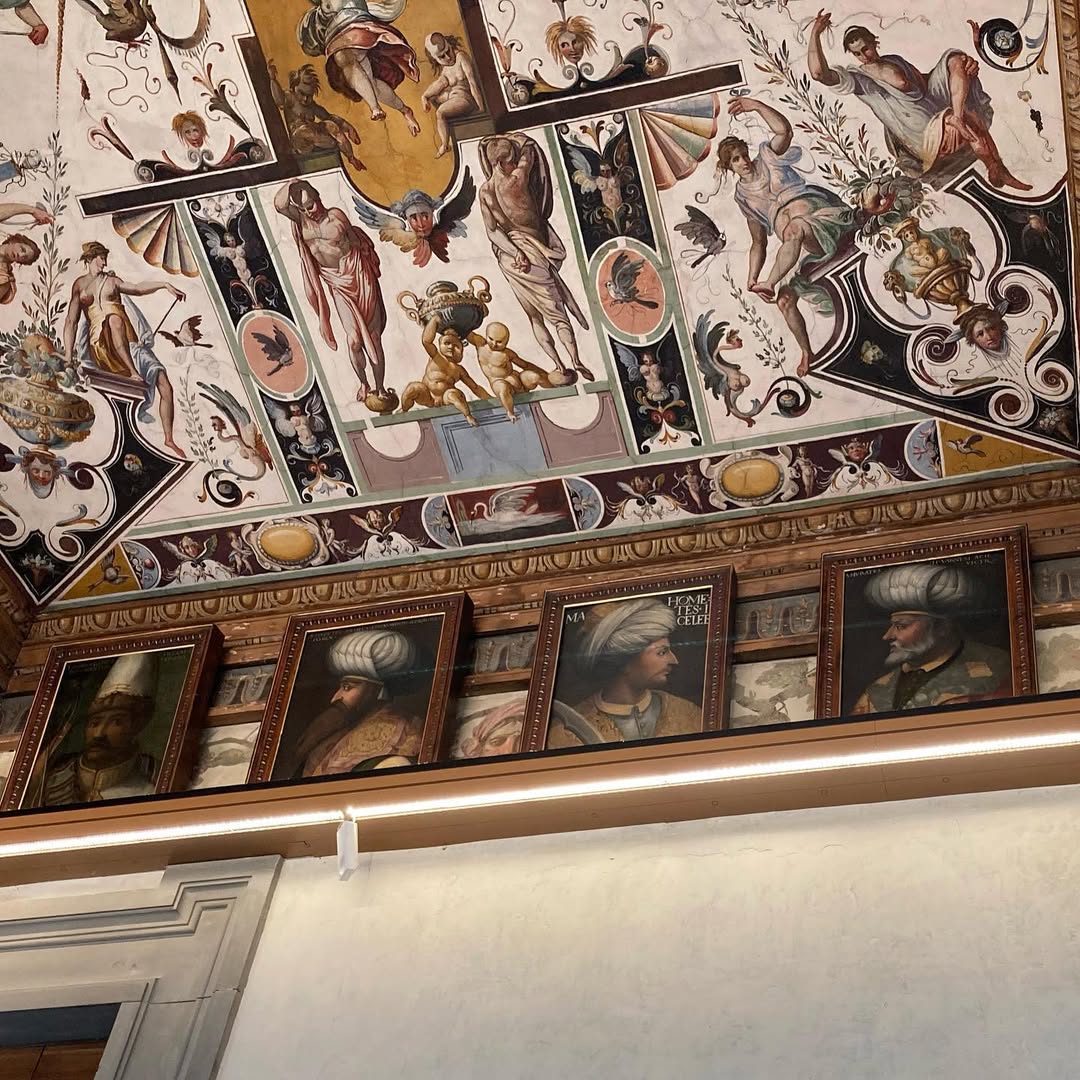
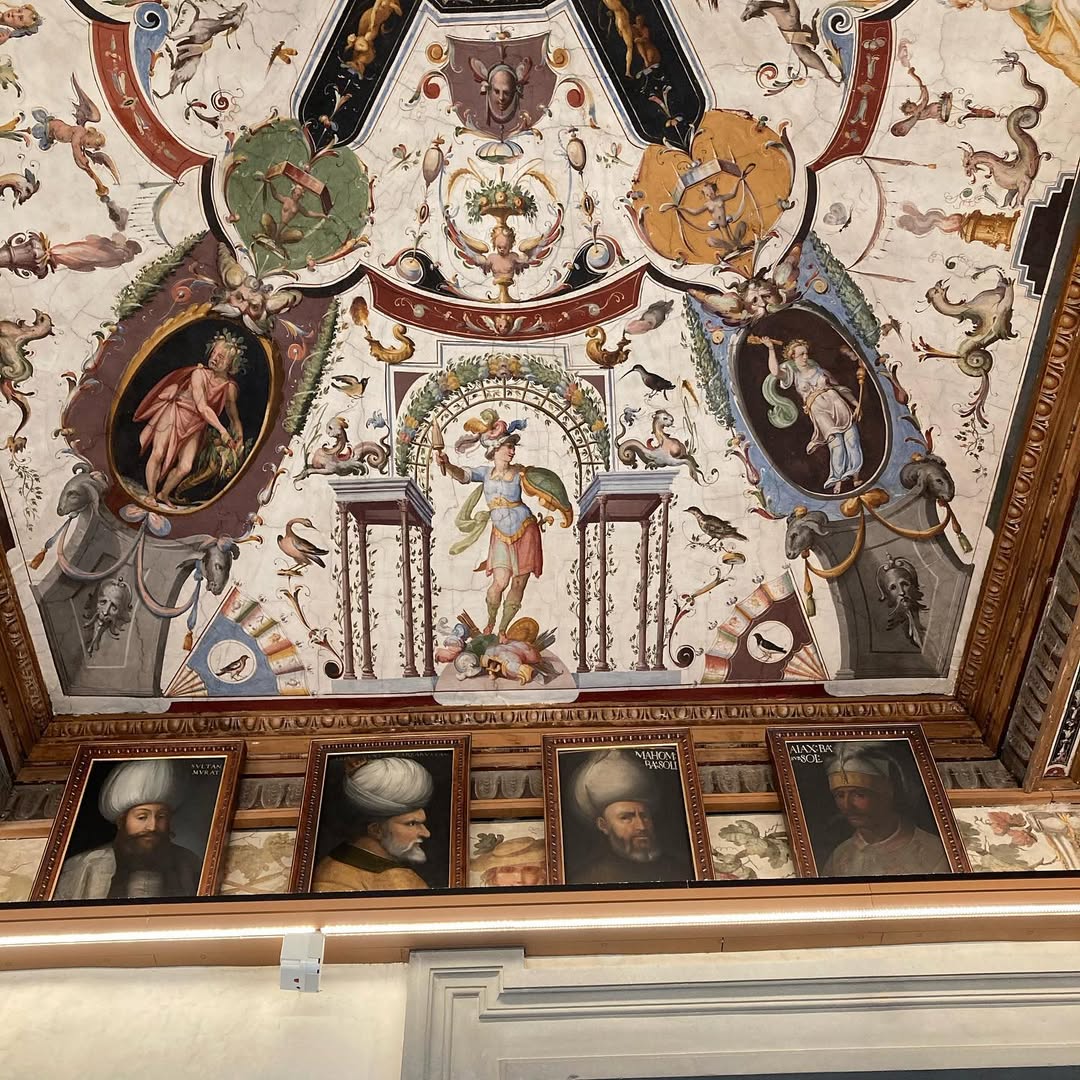
Of course, the portraits are not limited to these names. Important figures from the Ottoman Empire, such as Sultan Mehmed II and Hurrem Sultan (Roxelana), are also featured in the collection.
A unique cultural legacy
These portraits not only highlight the key figures of the Ottoman Empire but also showcase the intersection of Western and Eastern artistic traditions. Through the Medici family’s commissioning of these works, the Uffizi Gallery offers a rare glimpse into a world where Ottoman rulers were immortalized in the art of the Italian Renaissance, a fascinating blend of cultures.
My experience in the gallery left me with a profound appreciation for how these portraits served as bridges between two worlds, a reflection of a time when cultures met, mingled, and influenced one another.



